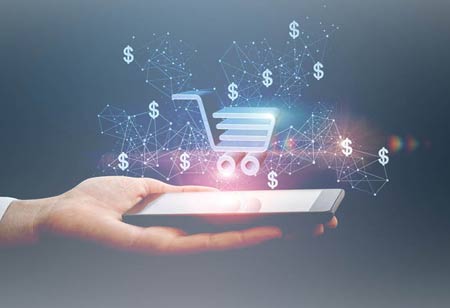THANK YOU FOR SUBSCRIBING
Innovations Driving Compute Infrastructure
In response to COVID-19, 69 per cent of boards elected to accelerate digital business

By
Apac CIOOutlook | Thursday, July 28, 2022
Stay ahead of the industry with exclusive feature stories on the top companies, expert insights and the latest news delivered straight to your inbox. Subscribe today.
COVID-19 accelerated the shift to digital business, forcing infrastructure and operations (I&O) teams to accelerate the delivery of scalable, agile systems to enable digital business transformation.
FREMONT, CA: In response to COVID-19, 69 per cent of boards elected to accelerate digital business, and 60 per cent chose to improve operational excellence through digital business. Enterprises were able to continue operating during the lockdown while also creating the distributed enterprise—a business that uses digital capabilities to support hybrid and remote workers and provides services to customers both virtually and in person. Transformations that would have typically taken decades to complete were carried out by I&O in a matter of weeks and months. The requirement for computation to be accessible in more places and situations than ever before is fueled by the distributed enterprise. I&O is now in a position to leverage on business executives' recognition that IT is essential to the functioning of the business, not simply another cost centre, and build on the momentum of their high-profile successes throughout the epidemic. As a result, businesses must deal with persistent issues including technical debt, segmented infrastructure services, and a lack of resources and capabilities. Inability to deploy compute platforms everywhere—on-premises, at the edge, in colocation facilities, and in the cloud—is undoubtedly hindered by outdated technology, obsolete processes, and unstable workflows.
Customers and investors are pressuring businesses to provide sustainable solutions, and as the majority have already begun investing in IT for their sustainability initiatives, technology is considered essential. For I&O leaders, this entails developing a plan to lessen their company's carbon footprint (i.e., greenhouse gas emissions), water usage, resource use, and data centre e-waste management. I&O is assisting in creating a strong growth trajectory in today's market conditions by capitalising on their company's effort to become purpose-driven by supporting a larger range of commercial and societal goals—like sustainability. Within one to three years, early mainstream adoption will occur for the three new environmental sustainability technologies of cloud sustainability, carbon footprint monitoring, and enhanced grid management software. By 2025, 25 per cent of I&O leaders will have metrics connected to sustainable progress, specifically around carbon neutrality, and 75 per cent of I&O leaders will be entrusted by senior management with contributing to business sustainability goals.
High-performance computing (HPC) and artificial intelligence (AI) are two more recent areas that infrastructure teams must prioritise to ensure optimised compute infrastructure delivery as they enter the mainstream of computing infrastructure. HPC is becoming a standard practice for many enterprises, having previously been thought to be solely necessary for specialised needs. Similar to this, essential I&O capabilities must include computational infrastructure for AI. AI and HPC systems are a potent test bed for the automation of provisioning and delivering immutable compute infrastructure because of their self-service nature. Many of the efficiencies that will support the other components of this roadmap will be made possible by I&O using AI. I&O teams can be freed up to deliver on innovation and expedite the digital transformation needed to satisfy business demands by utilising AI for hyper-automation.
Additionally, by creating AI-generated digital twins of the compute and networking infrastructure, change events may be compared to a simulation of the current environment, increasing the robustness and reliability of modifications and freeing up additional I&O resources.





